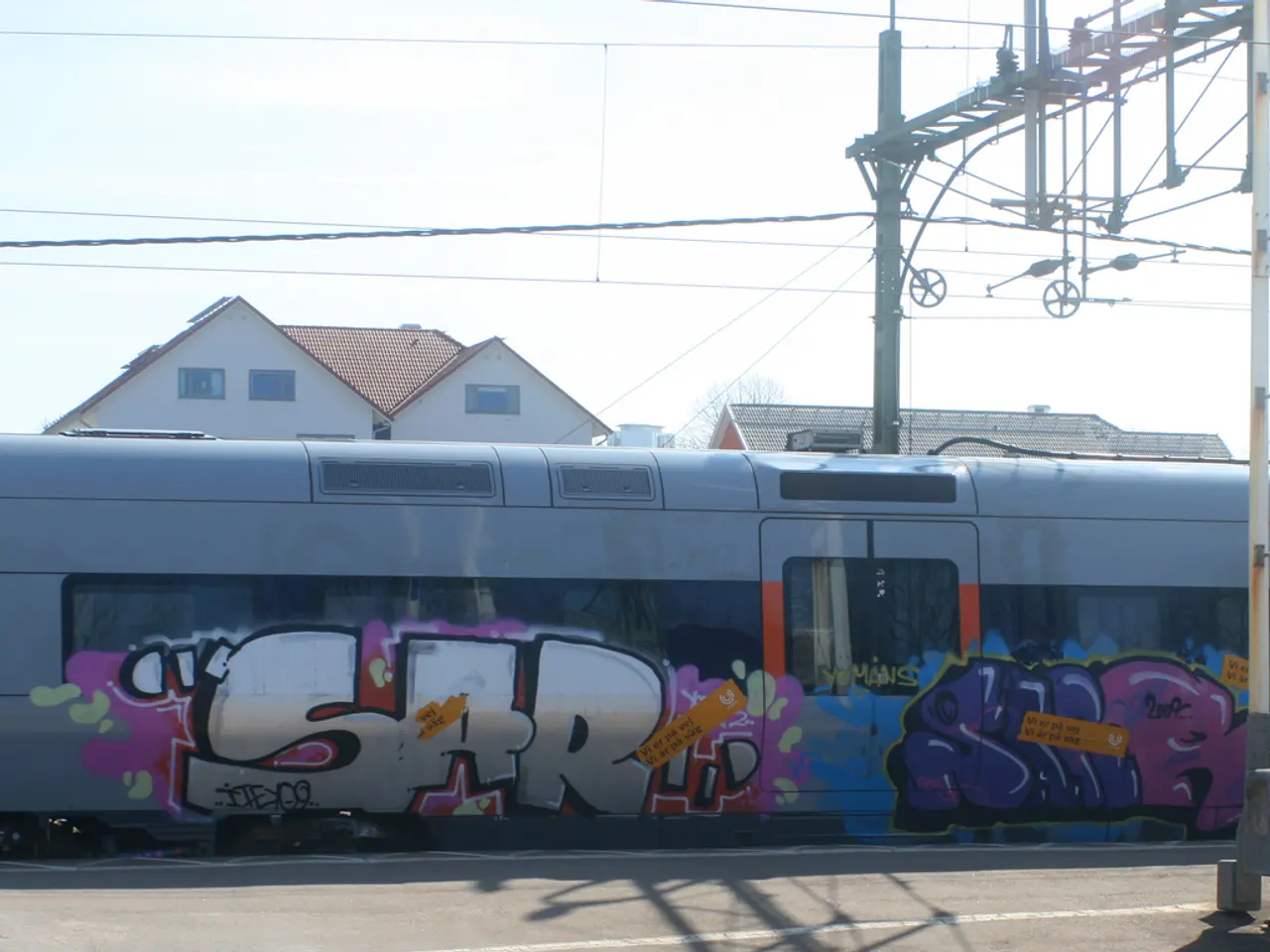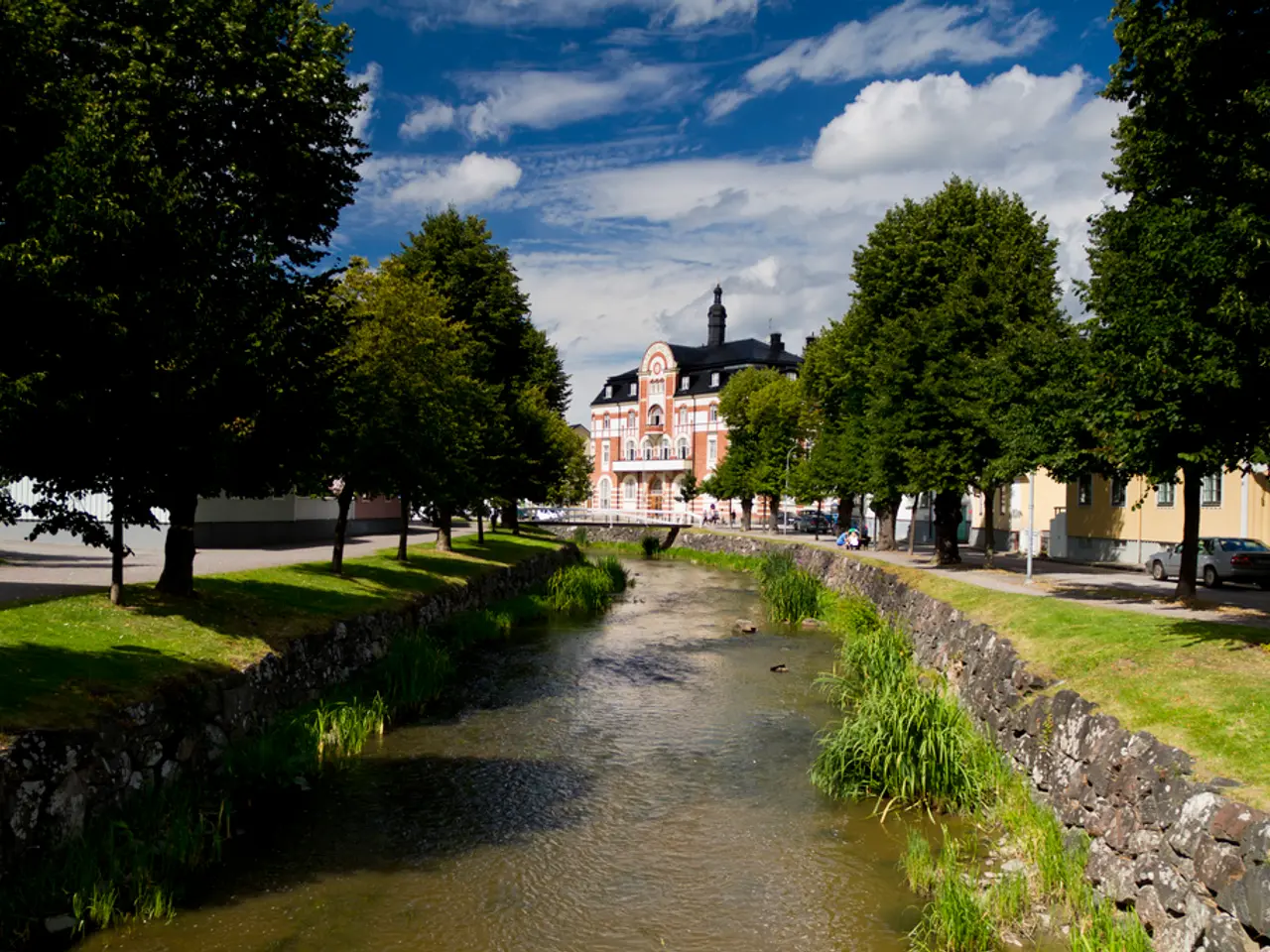Ensuring safety during the fabrication of transmission cables
In a significant shift, U.S. electricity consumption reached an all-time high in 2024 and is projected to continue rising [1]. As the demand for electricity grows, so does the need for robust transmission infrastructure. One such project, spanning 55 miles, involved seven major construction segments over a three-year period [2].
To ensure the safety of workers and the success of the project, integrating construction safety into the design phase is a necessity. By proactively addressing safety considerations during design, such as equipment maneuverability, terrain stability, and structure placement, designers help minimize the need for improvisation during construction, which is a common cause of injuries [1].
Matching design to equipment and site conditions is crucial. Designers assess whether access roads, pad stability, and workspace meet the physical demands of heavy equipment like cranes and drill rigs. This prevents unsafe conditions such as unstable ground or cramped workspaces that could lead to accidents [1].
Strategic structure spotting is another key factor. Positioning new transmission structures considering existing foundations and guy wires helps avoid conflicts that might compromise stability or require risky on-the-fly adjustments by crews. For example, placing structures clear of existing guy wires eliminates potential hazards and simplifies foundation work [1].
Reducing downstream improvisation is also essential. When design aligns closely with contractor methods and site realities, it lowers the probability of unplanned workarounds, which are often unsafe. This coordinated approach supports a safer, more predictable construction environment [1].
The overall site efficiency is improved with safe and well-planned designs. Smoother workflow and reduced interruptions due to safety incidents or rework related to inadequate planning contribute to the project's success [1].
The location of new transmission structures relative to existing structures can impact foundation integrity and ease of construction. A general guideline is to position new structures three foundation diameters from areas of disturbed soil, but contractor methods may cause a larger disturbed area [3].
When operating in corridors where adjacent circuits remain energized, maintaining minimum approach distances can be a challenge for contractors. Engineers must account for build sequence risks, not just endpoint compliance [4].
The shift from traditional large power plants to distributed energy resources requires engineers to consider outage planning, phased construction, access road limitations, and jobsite decision-making dynamics [5].
During construction, time-sensitive questions from the field need fast, informed answers. Encouraging early-career engineers to support field execution helps build fluency in time-sensitive situations [6].
General foremen and crew leaders bring decades of experience navigating difficult environments and can identify hazards that drawings alone might miss. Engineers have a responsibility to verify that even the smallest details of the design are correct to avoid safety hazards [7].
In the case of the 55-mile transmission line project, careful planning for temporary configurations was necessary. However, a foreman identified a high safety risk from induced voltage for work crews, leading to the development of a new shoo-fly configuration [2].
In conclusion, integrating construction safety into the design phase creates a safer workplace for construction crews by anticipating hazards and constraints early, ensuring that heavy equipment can operate safely, and facilitating effective coordination with contractors to manage risks [1].
Incorporating technology in the design phase can aid in anticipating potential hazards and ensuring that heavy equipment operates safely, contributing to a safer workplace for construction crews. This might involve using technology to simulate various conditions and evaluate potential problems before they occur.
Moreover, technology can help engineers and contractors coordinate more effectively, reducing the need for risky on-the-fly adjustments during construction. For instance, software that models real-world conditions and provides accurate visualizations can help ensure that new transmission structures are positioned safely and efficiently in relation to existing foundations and guy wires.




